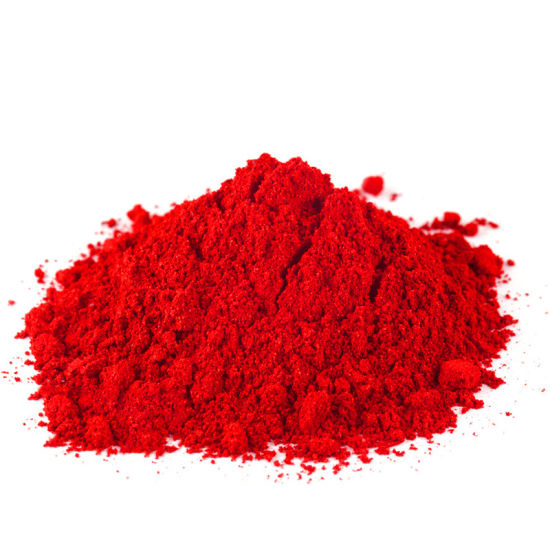In microbiology, methyl red is used in the methyl red test (MR test), used to identify bacteria producing stable acids by mechanisms of mixed acid fermentation of glucose (cf. Voges–Proskauer test). The MR test, the "M" portion of the four IMViC tests, is used to identify enteric bacteria based on their pattern of glucose metabolism. All enterics initially produce pyruvic acid from glucose metabo

Methyl red (2-(N,N-dimethyl-4-aminophenyl) azobenzenecarboxylic acid), also called C.I. Acid Red 2, is an indicator dye that turns red in acidic solutions. It is an azo dye, and is a dark red crystalline powder. Methyl red is a pH indicator; it is red in pH under 4.4, yellow in pH over 6.2, and orange in between, with a pKa of 5.1.[2] Murexide and methyl red are investigated as promising enhancers of sonochemical destruction of chlorinated hydrocarbon pollutants. Methyl red is classed by the IARC in group 3 - unclassified as to carcinogenic potential in humans.
A tube filled with a glucose phosphate broth is inoculated with a sterile transfer loop. The tube is incubated at 35 °C (95 °F) for 2–5 days. After incubation, 2.5 ml of the medium are transferred to another tube. Five drops of the pH indicator methyl red is added to this tube. The tube is gently rolled between the palms to disperse the methyl red.
Methyl red is an azo dye consisting of benzoic acid substituted at position 2 by a 4-[(dimethylamino)phenyl]diazenyl group. It has a role as a dye. It is a member of azobenzenes, a monocarboxylic acid and a tertiary amino compound. It is a conjugate acid of a methyl red(1-)
